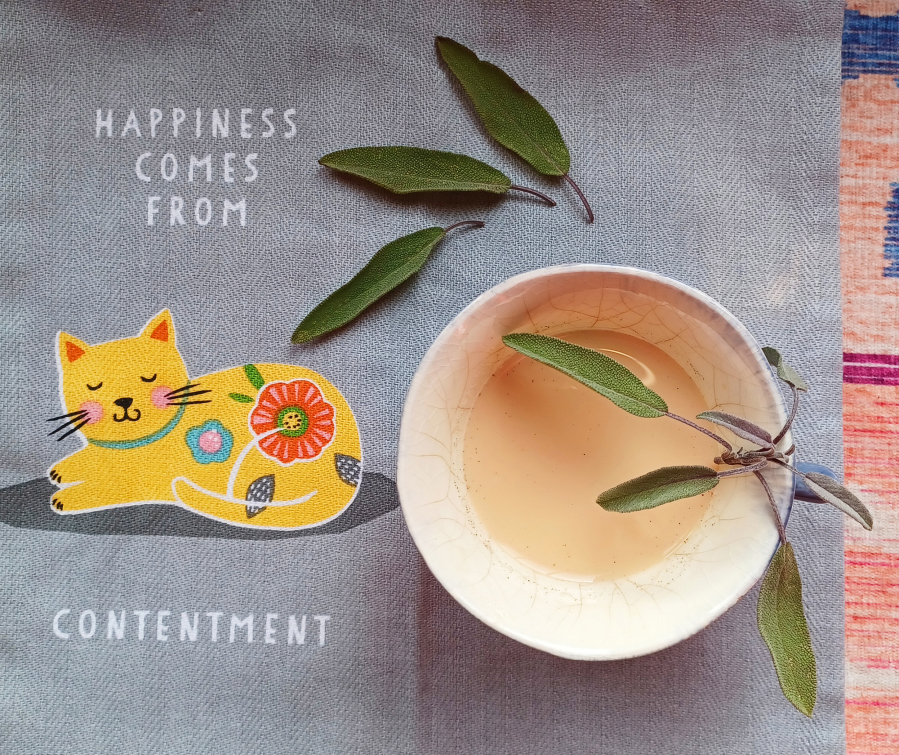At dinner with friends last weekend, the conversation veered toward New Year’s resolutions. The hostess revealed that “drink more tea” was on her list for 2023. It’s such a lovely aspiration, far better than “get a gym membership” or “eat more vegetables” or “do something about those awful toilet bowl rings.”




